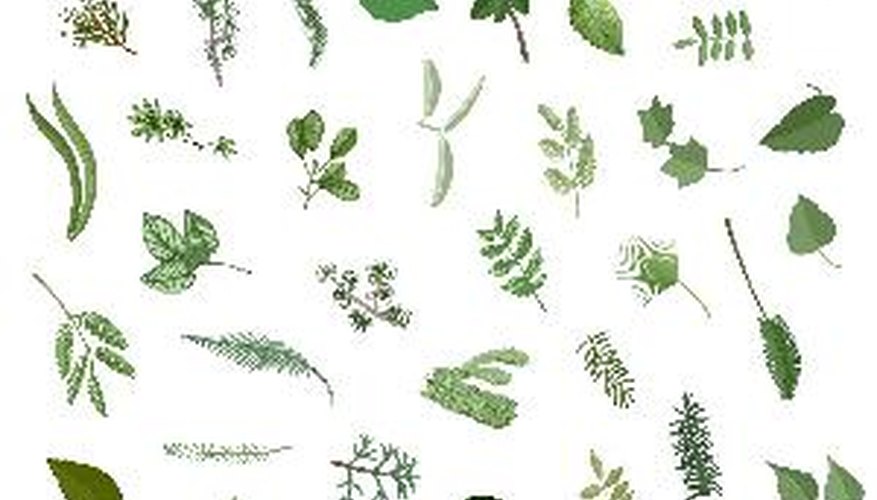School nature club activities are valuable at all grade levels. Nature clubs are a means for students to explore the outdoors in a way that is educational and enjoyable. Encouraging children, teenagers and adult students to build and or participate in a nature club creates positive experiences and teaches those involved the beauty of the environment.
Collections
Gather collections of natural materials or elements for later study. Collecting fallen leaves or sample soils is a way to study environmental conditions including temperature and hydration. Ask students to collect leaves of various colours or shapes and soil samples of alternate textures. Students should compare and discuss samples in a large group.
- Gather collections of natural materials or elements for later study.
- Ask students to collect leaves of various colours or shapes and soil samples of alternate textures.
Preservation
Promote environmental protection and conservation with nature club activities. Students can pair up in small groups and plant "Do Not Dump" signs in areas where unwanted household items are being left. Picking up trash off of school or university grounds or at a local park is a way to keep natural environments clean. Discuss the types of trash found and where the trash was located to dissect how human populations effect open land.
- Promote environmental protection and conservation with nature club activities.
- Students can pair up in small groups and plant "Do Not Dump" signs in areas where unwanted household items are being left.
Classrooms
Use worksheets and discussions to learn about how animals function in nature. For example, have young students draw a food chain on a chalkboard or on sheets of paper. Outline how larger animals feed on smaller animals. Identify the distinction between herbivores and carnivores. Ask club members to offer examples of animals to include in food chains.
- Use worksheets and discussions to learn about how animals function in nature.
Field Trips
Club members can embark on a day trip to a zoo or farm. Zoos provide exposure to animals from all over the planet--from polar bears to apes to lions. Trips to a horse, chicken or dairy farm offer members the opportunity to observe how a smaller collection of animals live, feed and breed. Participants can also capture insects and put them into small cages. Everyday students can take turns feeding the insects, giving them fresh water and clean the cages.
- Club members can embark on a day trip to a zoo or farm.
- Trips to a horse, chicken or dairy farm offer members the opportunity to observe how a smaller collection of animals live, feed and breed.
